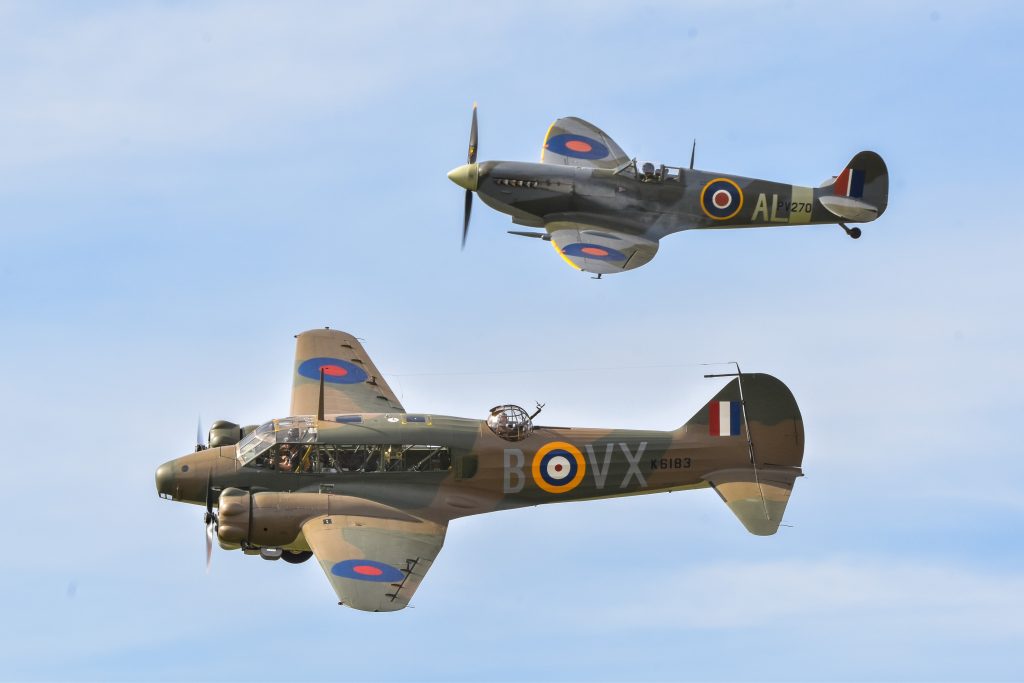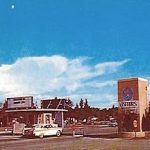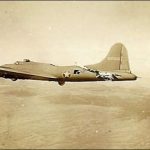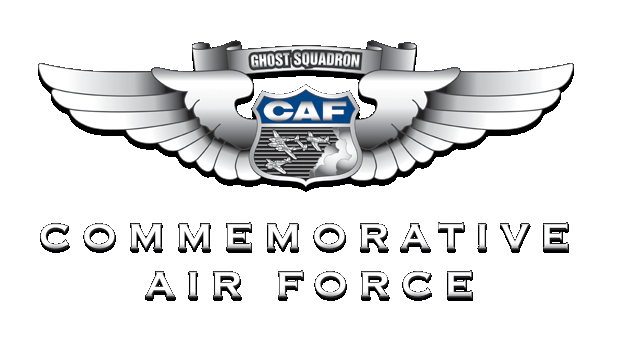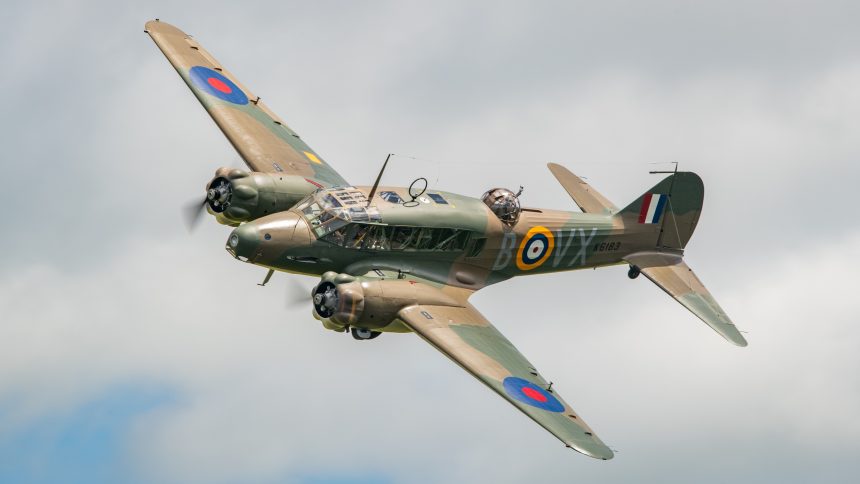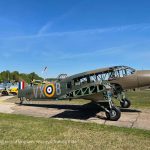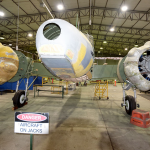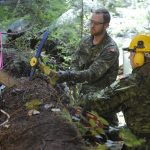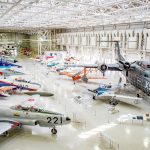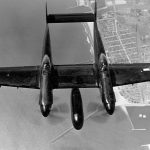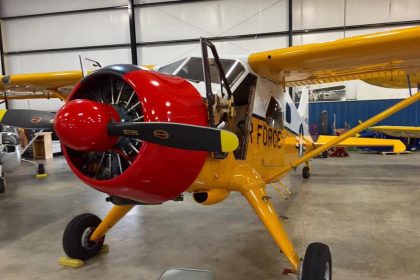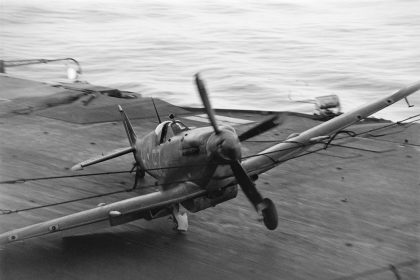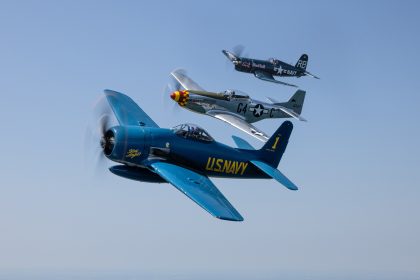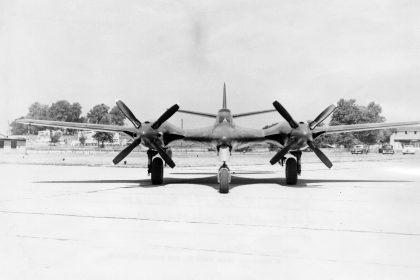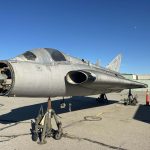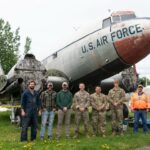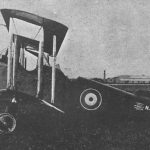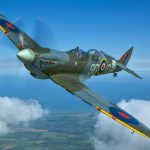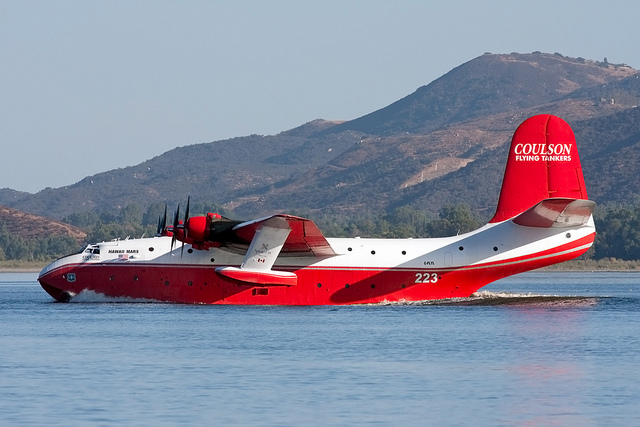By Grant Newman
Aviation writer Grant Newman takes a close look at the remarkable restoration and journey of the world’s only airworthy Avro Anson Mk.I, serial MH120 (ZK-RRA). In early May 2024, the aircraft arrived in Belgium following a transcontinental journey from New Zealand. Recently acquired by RAF Station Czechoslovakia, the historic twin-engine warbird was reassembled and returned to flight on June 1st—marking a proud new chapter in the story of this exceptional machine. The world’s only airworthy AVRO Anson Mk.I, serial MH120 (ZK-RRA), arrived in Belgium in early May 2024 after a transcontinental journey from New Zealand. Recently acquired by RAF Station Czechoslovakia, the historic aircraft underwent reassembly and successfully flew again on June 1st, marking a new chapter in the story of this exceptional machine.
Two days after war was declared in September 1939, Pilot Officer Laurie Edwards of New Plymouth, New Zealand, was flying a reconnaissance sortie in Avro Anson Mk.I K6183 of No. 206 Squadron, RAF Coastal Command, over the Frisian Islands in the North Sea. While cruising at 300 feet, Edwards spotted a Heinkel He 115 floatplane and immediately launched an attack. For fifteen minutes, the two aircraft exchanged fire. Early in the encounter, Leading Aircraftman John Quilter, manning the Anson’s turret, was fatally hit. Despite Edwards’ efforts, the Heinkel’s firepower proved superior, and the Anson was repeatedly struck before diving into the sea. As the Heinkel circled the crash site, its crew spotted two bodies in the water. Landing to attempt a rescue, they recovered a badly injured Edwards—he would become the RAF’s first officer captured in WWII and New Zealand’s first prisoner-of-war. Tragically, Sergeant Alexander Heslop and Aircraftman First Class Geoffrey Sheffield were killed.
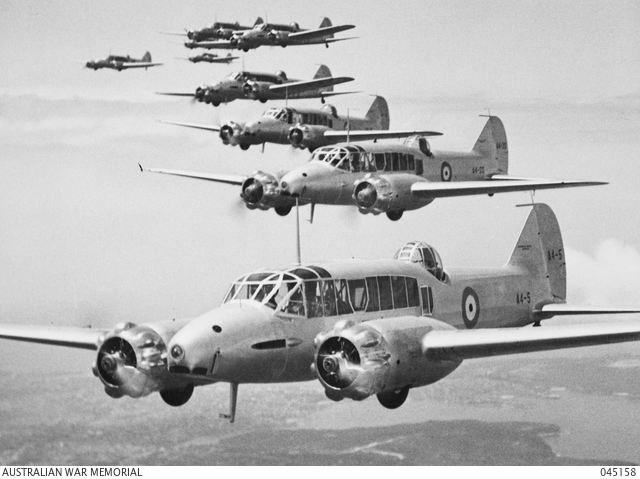
Seventy-three years later, on July 18, 2012, a faithful restoration of Edwards’ Anson took flight from Nelson Airport on New Zealand’s South Island. Owned and meticulously restored by helicopter pilot and businessman Bill Reid, the aircraft—registered as ZK-RRA and built as MH120—was discovered by Reid in 2002 languishing at Wangaratta, Australia, under the registration VH-BAF. “We didn’t choose it,” Bill recalled with a grin. “It chose us! I had sold my helicopter business and wanted to restore a WWII-era airplane. I was originally looking at a P-40. No regrets, though.”

At the time of Reid’s purchase, the aircraft wore the livery of Col. Roscoe Turner’s Boeing 247—its role in the 1980s Australian TV series The Great Air Race—commemorating the 1934 MacRobertson England-to-Australia Air Race. Prior to its television fame, VH-BAF had served as a passenger transport, one of 150 Ansons that appeared on the Australian civil register postwar. It had been modified with a metal wing, Rotol constant-speed propellers, and a hydraulically actuated undercarriage. The distinctive greenhouse glazing of wartime Ansons had been replaced with plywood paneling and small porthole windows.
This metal wing was a key modification. Original Anson Mk.I aircraft were built with wooden wings and tailplanes, but safety concerns grounded such examples in both the UK and Australia in 1962. The aircraft’s operators, Brain and Brown, circumvented the issue by acquiring a surplus metal wing from the RAAF and installing it on VH-BAF. Though purists might argue that the metal wing reduces authenticity, Reid strongly disagrees. “The metal wing was an Avro mod—designed by Roy Chadwick and produced at the same factory just two years later. So why isn’t it authentic?” he asked. “The metal wing is six inches longer at each tip, but it’s still original to the Anson Mk.I. As Mod 603 states, the fitting of the metal wing makes the Anson Mk.I a Series II.”
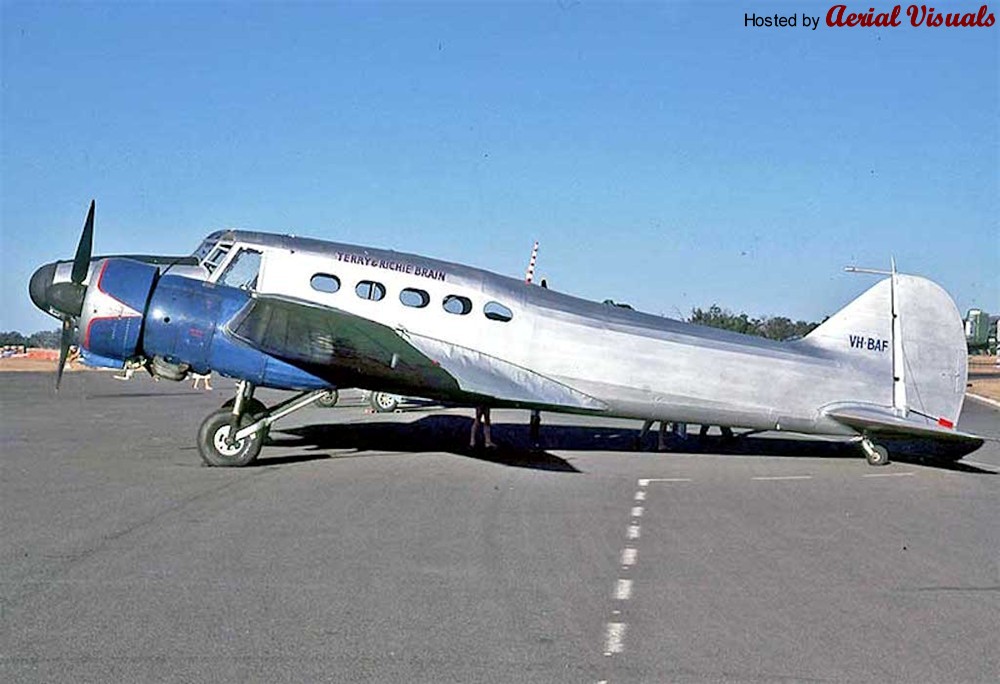
One of MH120’s most striking features is its beautifully restored helmet-style engine cowlings, salvaged from Anson I N1334, which Reid bought for parts. “They were made of pure aluminum—very soft and easy to form. The rear skins, made of magnesium, had rotted, so we spent ages fabricating replacements, welding holes, and smoothing dents,” said Reid. The results are visually stunning. Another unique detail is the sharply raked windscreen, fitted only to early Anson Is. “Later versions had a more upright screen to reduce cockpit glare,” explained Reid. “If we wanted to switch it out, it wouldn’t be hard, but I think it looks better this way.”

From the outset, Bill and his late wife Robyn intended to return MH120 to operational wartime configuration, as Anson Is were when they entered service in 1939. Designed to Specification G.18/35 as a land-based maritime reconnaissance bomber, the Avro 652A first flew on March 24, 1935. It was the RAF’s first monoplane with retractable landing gear. Its name, Anson—chosen as alliteration with Avro—honored Admiral Sir George Anson. The Admiralty objected to this naval naming, but Avro held firm. From that point forward, however, the Air Ministry was forbidden from naming aircraft after prominent naval figures.
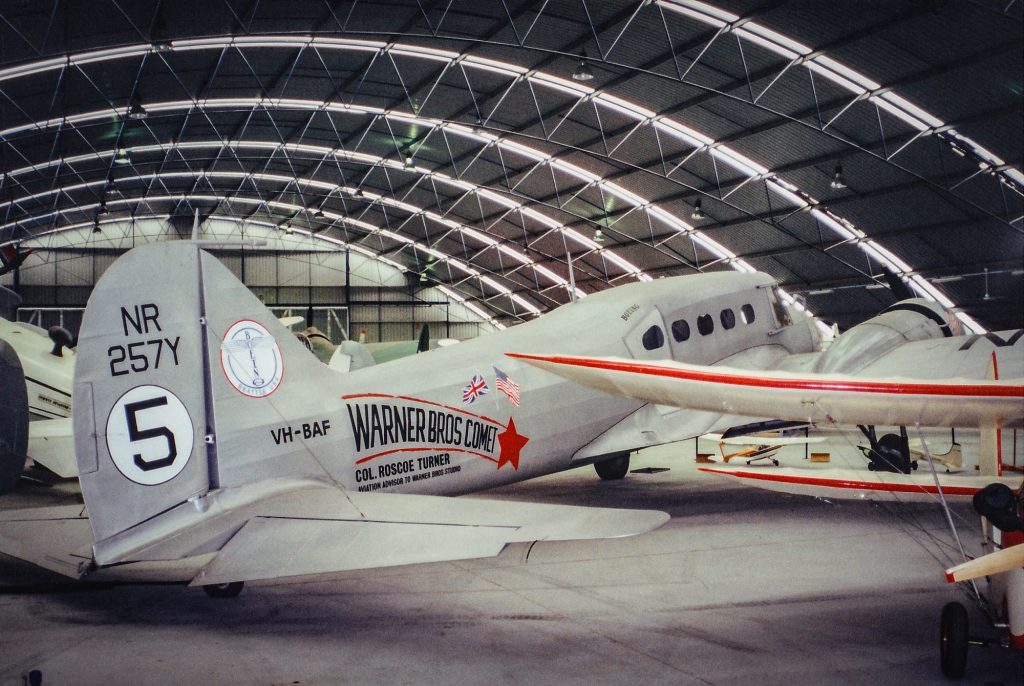
One early hurdle was the lack of manufacturer drawings. A 1959 fire at Avro’s Chadderton plant had destroyed much of the company’s archives. Remarkably, salvation came from the Air Force Museum of New Zealand, which held over 5,000 original Anson drawings. Assembling a dedicated team at his Wakefield property near Nelson, Reid estimates over 100 people contributed to the restoration. Chief engineers Pete Lacy (now deceased) and Mike Cole guided the process, alongside Nelson locals like Bradley Parks, Scott Tudor, and Dan Frew. Reid’s son, Toby, meticulously restored the nose and turret.
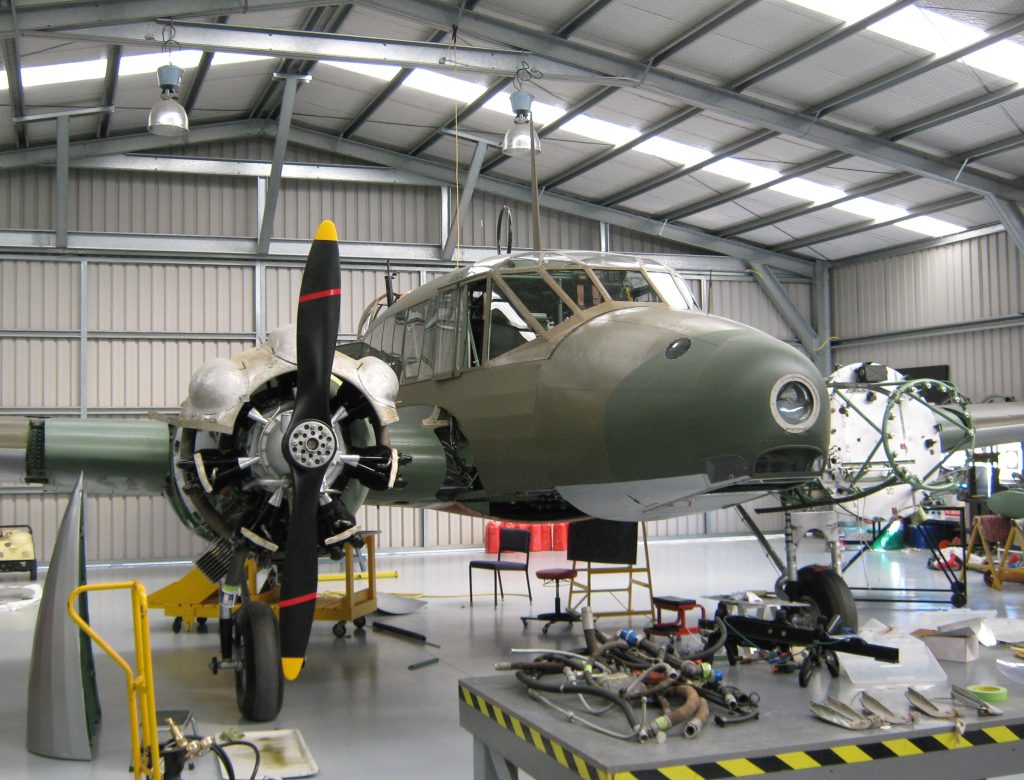
Expert assistance also came from Australia. Former Qantas Brisbane Chief Engineer Greg Wright, whose parents had worked on Ansons during WWII, contributed electrical expertise. Sheet metal specialist Grant Warhlick also lent his skills. From Precision Aerospace in Wangaratta, Murray Griffiths and Ron Lee helped prepare the airframe for its move to New Zealand. Reid recalled, “When it arrived, I wanted to start with the fuselage, but Pete Lacy insisted the center section comes first. For 18 months, we worked on the fuel and undercarriage systems, reskinning the top. I remember thinking: ‘Is this ever going to end?’”
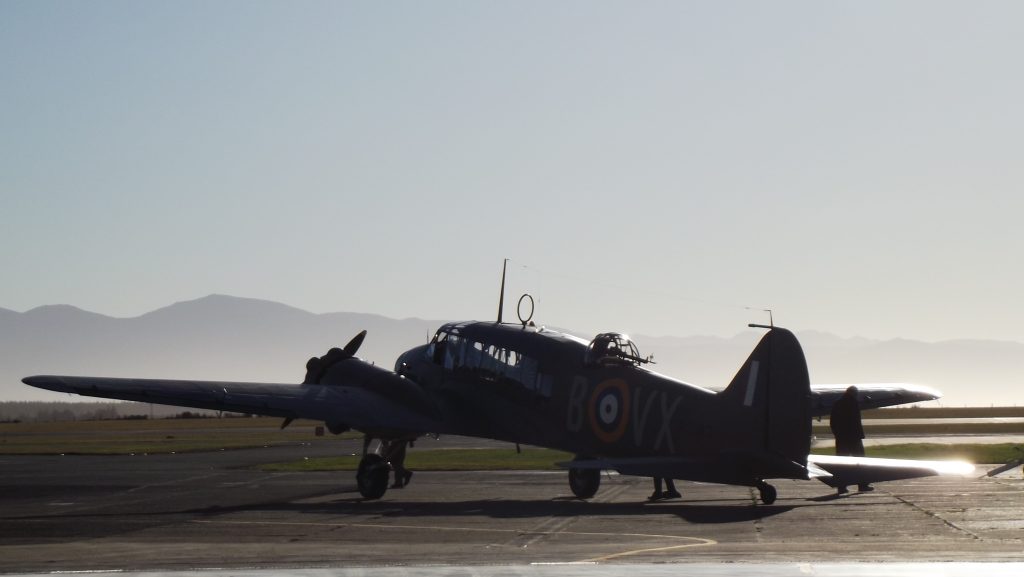
Robyn’s contribution was immense. “She managed the finances, did most of the fabric work, and organized all the documentation. Her experience on the CAA board was invaluable in navigating the certification process.” The Anson’s fuselage is a steel-tube framework shaped by wooden formers and covered in fabric. Its construction was derived from the Fokker F.VIIb/3m—built under license as the Avro 618 Ten. Roy Chadwick used the Avro Ten’s layout as a foundation for the Anson, evolving it into a low-wing monoplane. Reid had prior experience with wood and fabric aircraft, but the Anson presented a greater challenge. Woodworkers Dave Frost and Laurie Cooper helped tackle complex structures like the load-bearing wooden floor. Rebuilding the aft engine nacelle fairings, originally damaged by fiberglass sheathing, proved particularly frustrating and required multiple attempts.
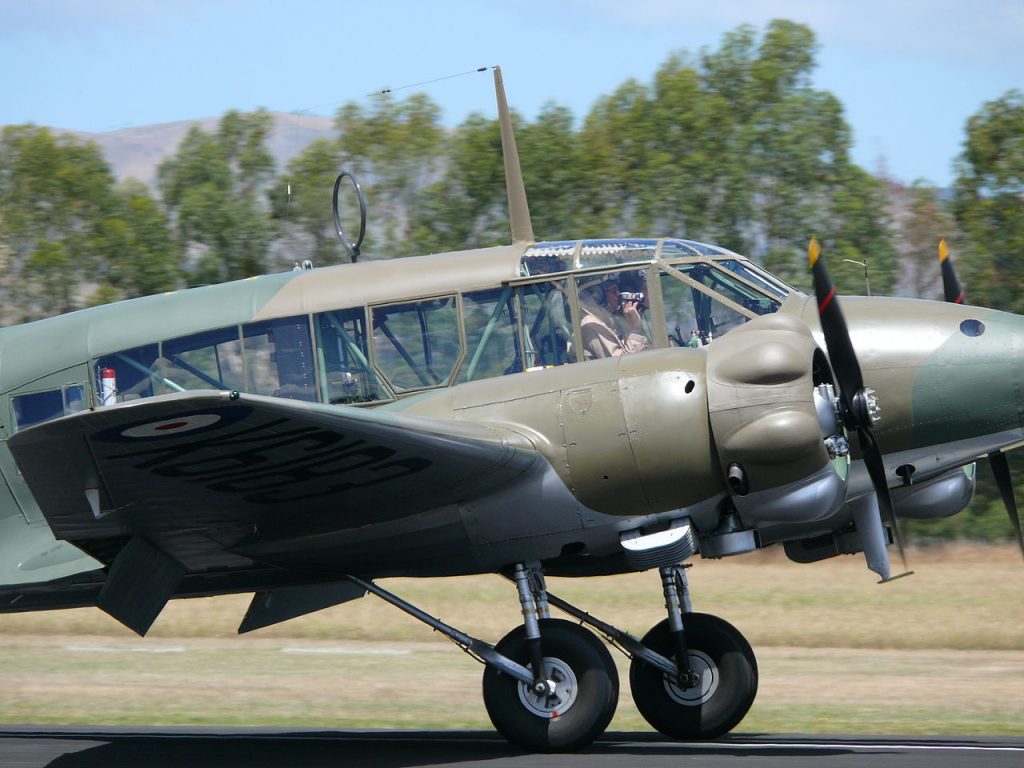
(Image Credit: Rudolph89 CC 3.0)
MH120 is powered by two 410 hp Armstrong Siddeley Cheetah radial engines. Its port engine is a Cheetah XIX—a hybrid of the Cheetah IX and X—enabling hydraulic gear operation. Don Mackenzie of Blenheim overhauled both engines in his home garage, while Safe Air at Woodbourne refurbished the Fairey Reed propellers. Avionics engineer Lester Hope discreetly installed radios, preserving the aircraft’s 1939 look. Originally, Ansons used a hand crank to retract the undercarriage—a process requiring about 160 turns. In the 1963 civilian modification, MH120 was fitted with hydraulics, which Reid retained for practicality.
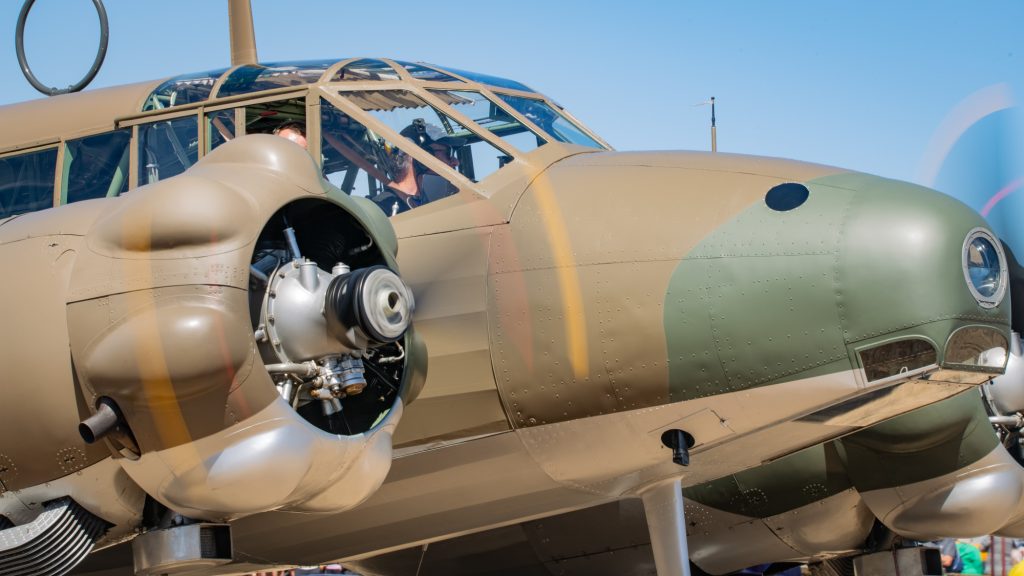
During one visit to Reid’s workshop, the Anson appeared nearly complete but still had much left to do. When asked if the radios worked, Reid replied, “They could, but don’t yet. The guns are replicas, but I’d like to get the bomb release working.” Eventually, he did—demonstrating the release mechanism at airshows. The wing-root bomb bays drop replica bombs using spring-loaded doors that snap closed once the bomb exits. The original offensive armament included two 100 lb and four 20 lb bombs, later upgraded to two 250 lb bombs. MH120 retains only the rear bomb bays, as the forward bays in metal-winged Ansons were occupied by fuel tanks.
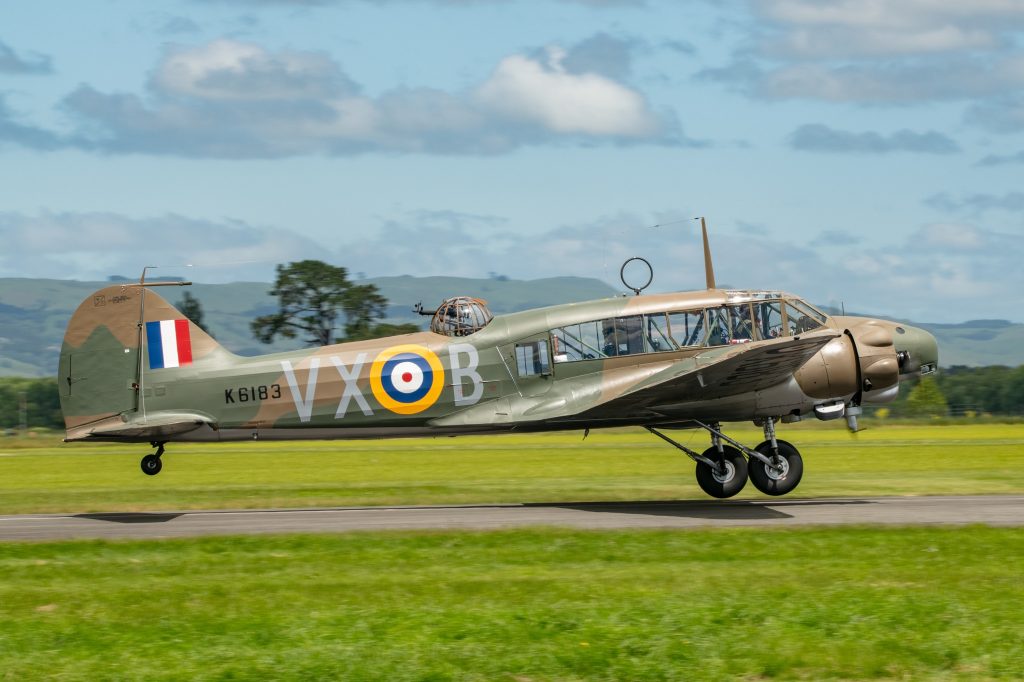
Defensive armament included a manually operated .303 Lewis gun in an Armstrong Whitworth turret and a fixed, forward-firing .303 Vickers gun. Though considered obsolete by 1939, the Anson had been advanced just four years earlier. “Remember, the RAF was still flying biplane fighters with two guns when the Anson came out,” said Reid. MH120 wears the markings of K6183/VX-B, commemorating Laurie Edwards and all who served in the faithful “Annie.” Of the 10,996 Ansons built, 6,742 were Mk.I variants. Before Bill Reid’s restoration, MH120 had been the last airworthy Mk.I—known then as The Last of the Lot. Now flying from Podhořany, Czechia, under the care of Richard Santus and RAF Station Czechoslovakia, MH120 continues to honor its heritage—not only as a tribute to one brave New Zealand pilot, but to all who flew the Anson into war.
